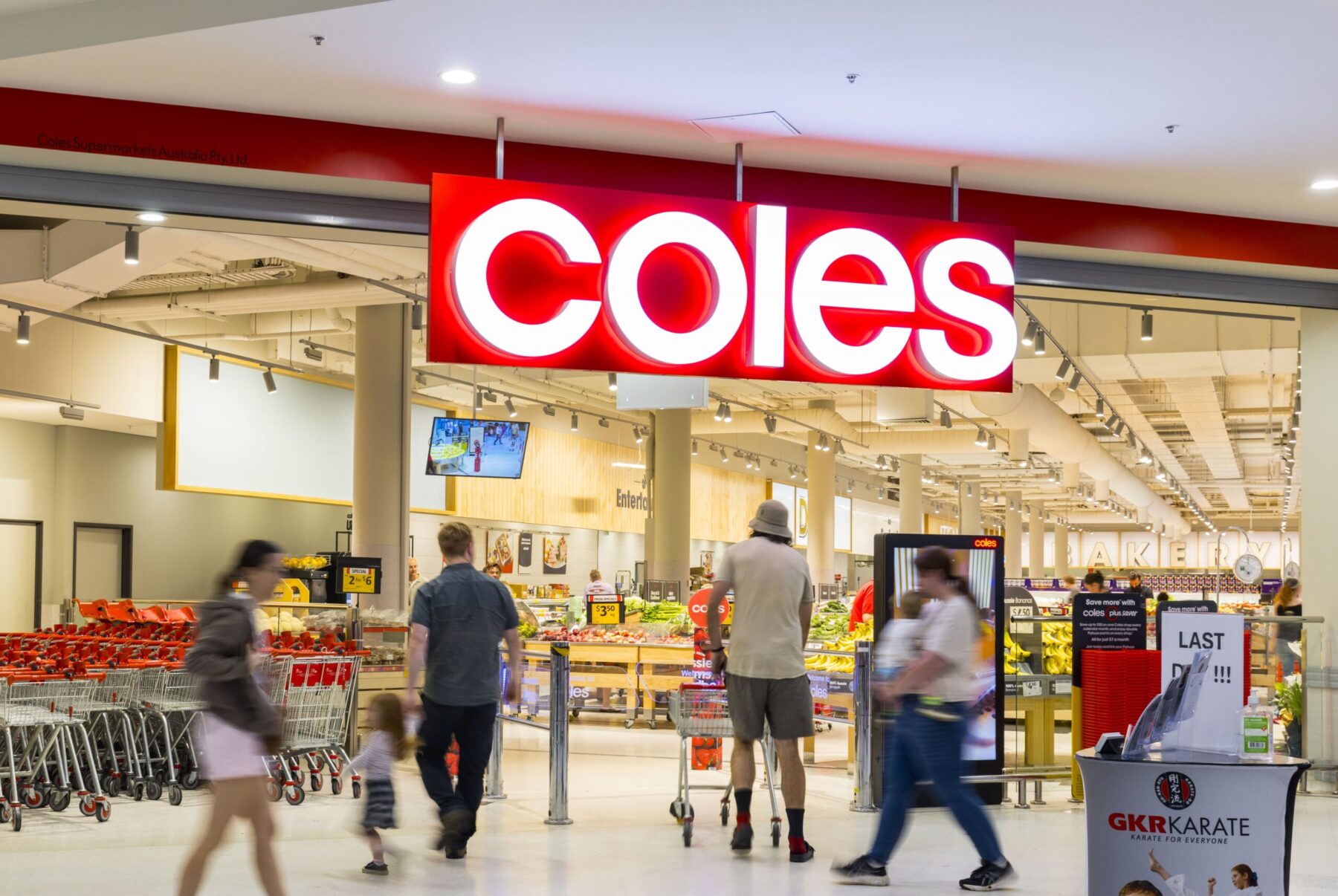
The retail sector in 2023 is largely underpinned by attractive asset pricing, new sources of capital entering the sector and strong market fundamentals flowing on from 2022, according to JLL’s mid-year Retail Investment Outlook Report.
JLL expects sales velocity to increase as 2023 progresses. Investment volumes in 1Q 2023 totalled AUD $1.2 billion, most of which exchanged in late 2022 but transacted unconditionally in the first quarter.
JLL’s Head of Retail Investments – Australia Sam Hatcher said: “Given the limited availability of on-market opportunities, a key driver of activity is the stock overhang of AUD $6.6 billion of retail assets that was withdrawn in 2022, as a mismatch between vendor and buyer expectations existed.”
Retail’s resilience through the re-pricing phase
JLL expects retail to be the most resilient asset class from a re-pricing perspective, given the reset in income and values in 2020 compared to other sectors that maintained high asset valuations during this period.
Asset re-pricing remains a key theme in 2023 as the yield decompression cycle continues across sectors.
Mr Hatcher said, “From a valuation and pricing perspective, the retail sector continues to be increasingly attractive in comparison to other property sectors. This resulted in significant new sources of capital entering the sector in 2022.”
More evidence of retail yield decompression is likely to emerge in 2023 but not to the same extent as some other real estate sectors given retail yields were at a higher starting point relative to the risk-free rate, and the lack of significant compression over recent years in most retail sub-sectors.
Changing capital sources
JLL continues to see strong engagement from offshore investors as they continue to build a case for investment in Australia given the value proposition relative to market fundamentals.
Offshore groups, which have re-focussed on convenience retail and sub-regional centres in recent years, will potentially start to target regional centres given the correction in values to-date, recovery in trading performance and leasing, and depth of alternate use opportunities which are likely to emerge.
JLL’s Senior Director, Retail Investments – Australia Nick Willis said: “Institutional offshore capital sources, namely sovereign wealth funds and pension funds are likely to shift away from pooled wholesale funds into mandate funds for more direct control over liquidity, still preferring to use domestic managers to oversee the investment and asset management.
“Similarly, Australian superannuation funds are also shifting their investment structure to have more direct exposure.
“Evidence of this was the recent 50% stake in Sunshine Marketplace in Victoria sold for AUD $66 million to Aware Real Estate, with Altis Property Partners acting as their manager, marking Aware Real Estate’s first direct acquisition of a retail centre. The move follows other acquisitions made by Australian superannuation funds such as Cbus and UniSuper.
“We anticipate investment through mandates to accelerate as a growing trend,” Mr Willis said.
Private investors are currently active as buyers and sellers. Given funding challenges, AREITs are likely to remain relatively inactive throughout 2023 in terms of acquisitions and will likely be net sellers.
The re-emergence of private capital in 2022 is consistent with historical trends during volatile periods. Post GFC, private investors were the key source of capital and accounted for 51% and 48% of total sales in 2008 and 2009 respectively.
Income outlook clouded by inflation
JLL’s Head of Capital Markets Research – Australia, Andrew Quillfeldt said, “While rising debts costs are a concern for highly leveraged investors, for the majority of institutional real estate owners in Australia, debt management has remained relatively conservative in terms of gearing and interest cover ratios post the GFC. However, some fund managers may choose to selectively divest assets to maintain a conservative position ahead of potential further devaluations in 2023.”



